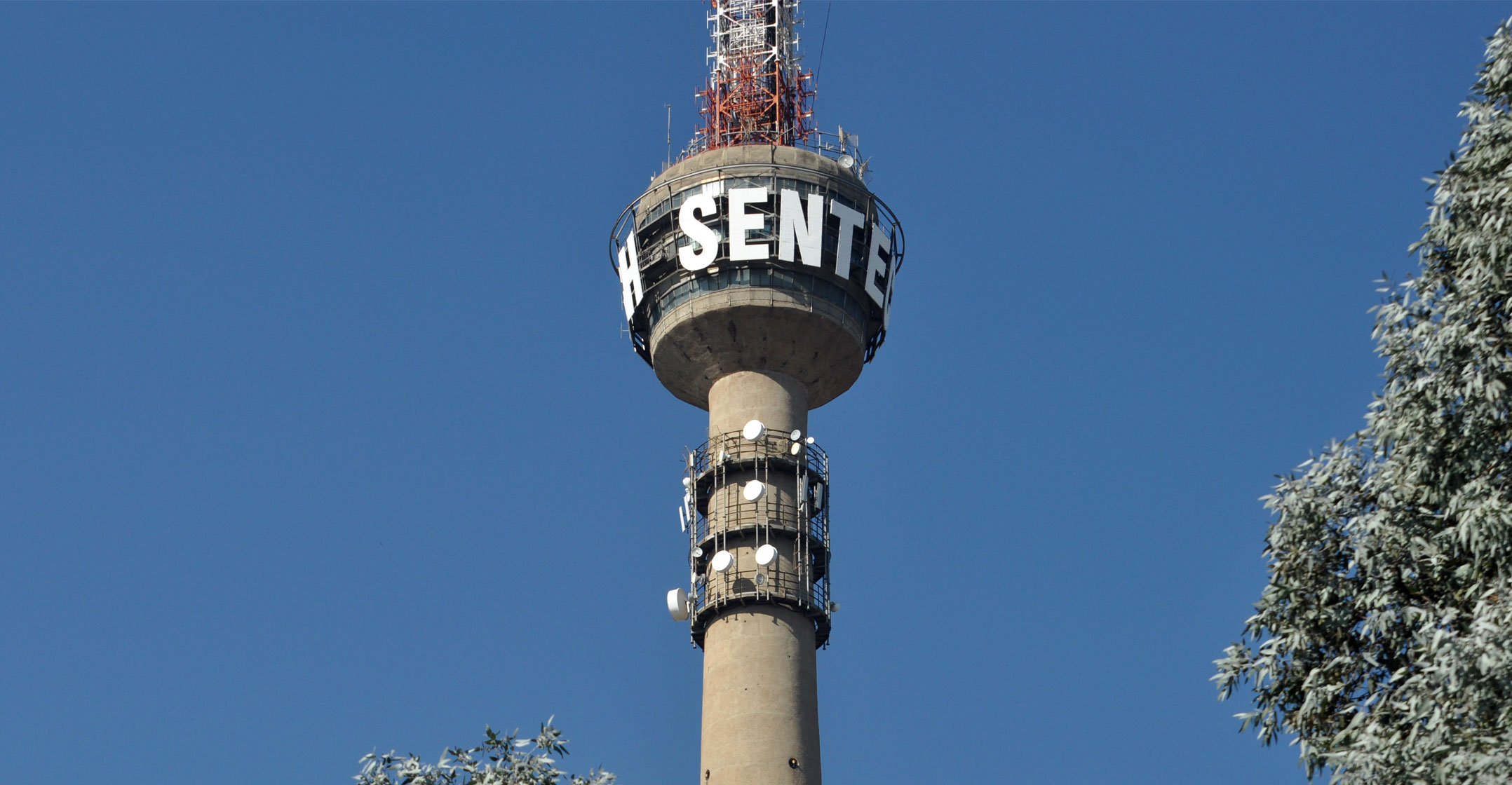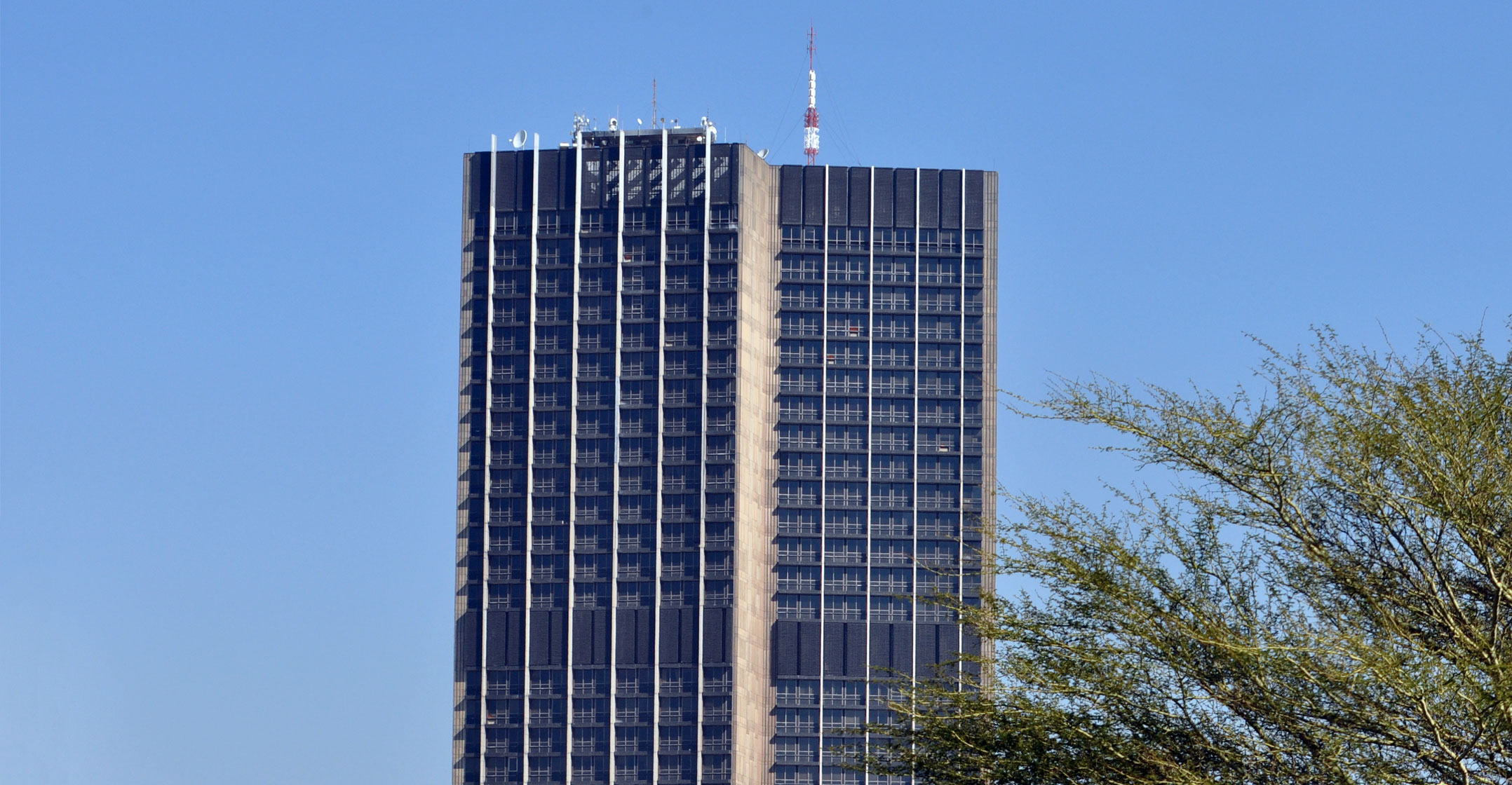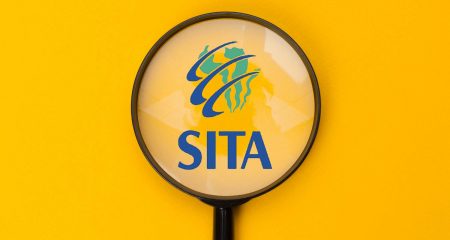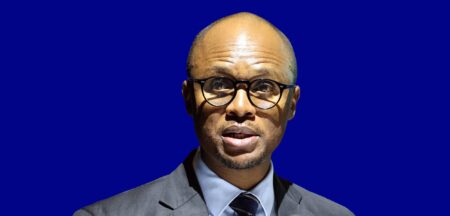 The SABC wants a government proposal that it be required to distribute its television programming exclusively through state-owned Sentech scrapped, warning that it’s already being disadvantaged by “monopoly” pricing.
The SABC wants a government proposal that it be required to distribute its television programming exclusively through state-owned Sentech scrapped, warning that it’s already being disadvantaged by “monopoly” pricing.
A government draft white paper on audio-visual services, published last year, proposes requiring the SABC to buy digital distribution via terrestrial towers and satellite platforms from Sentech following the switch-off of analogue broadcasts.
Other broadcasters, including community broadcasters not receiving funding from government, may elect to “self-provide” (source or build alternatives) if they do not wish to use Sentech for broadcasting services, the white paper said.
The SABC is having none of the proposed requirement and is fighting back in its submission to government on the draft white paper.
“The SABC opposes the proposal to create a protected monopoly for Sentech as this is in conflict with the definition and role of the common carrier set out in the Electronic Communications Act (ECA) of 2005,” the broadcaster said in a summary of its submission, seen by TechCentral.
‘No requirement’
“While Sentech is required to carry public broadcasting services, no requirement exists for the SABC to exclusively utilise Sentech for signal distribution where competitive options exist. The SABC must retain the freedom to choose the best platforms for the SABC,” it said, adding that its board and management team are “required to act in the best interests” of the public broadcaster.
“Sentech currently has a de facto monopoly of the following three forms of distribution and transmission: a) analogue terrestrial radio transmission; b) analogue terrestrial television transmission; and c) digital terrestrial television (DTT) transmission. The tariffs in these categories must be regulated in line with the ECA and failure by the regulator to do so has exposed the public broadcaster to monopoly pricing,” it said.
“The SABC has made submissions on the prohibitively high cost of Sentech’s DTT network, which currently reaches only 3.5% of TV households. While the SABC remains committed to DTT, the current DTT signal distribution cost is unsustainable and the SABC has recommended tariff regulation on this network and other monopoly networks run by Sentech.”

It added that Sentech’s digital TV network reaches 87% of the population but does so at an “extremely high transmitter and signal distribution cost”. Costs on DTH satellite, on the other hand, have been optimised.
“As more and more households migrate to the DTH platform, the cost per viewer of the DTT network becomes increasingly expensive as the network serves fewer viewers. The SABC supports the proposed principle of technology neutrality and continues to implement both DTT and DTH while at the same time driving down the costs of DTT, either through negotiation or regulatory intervention.” — © 2021 NewsCentral Media




